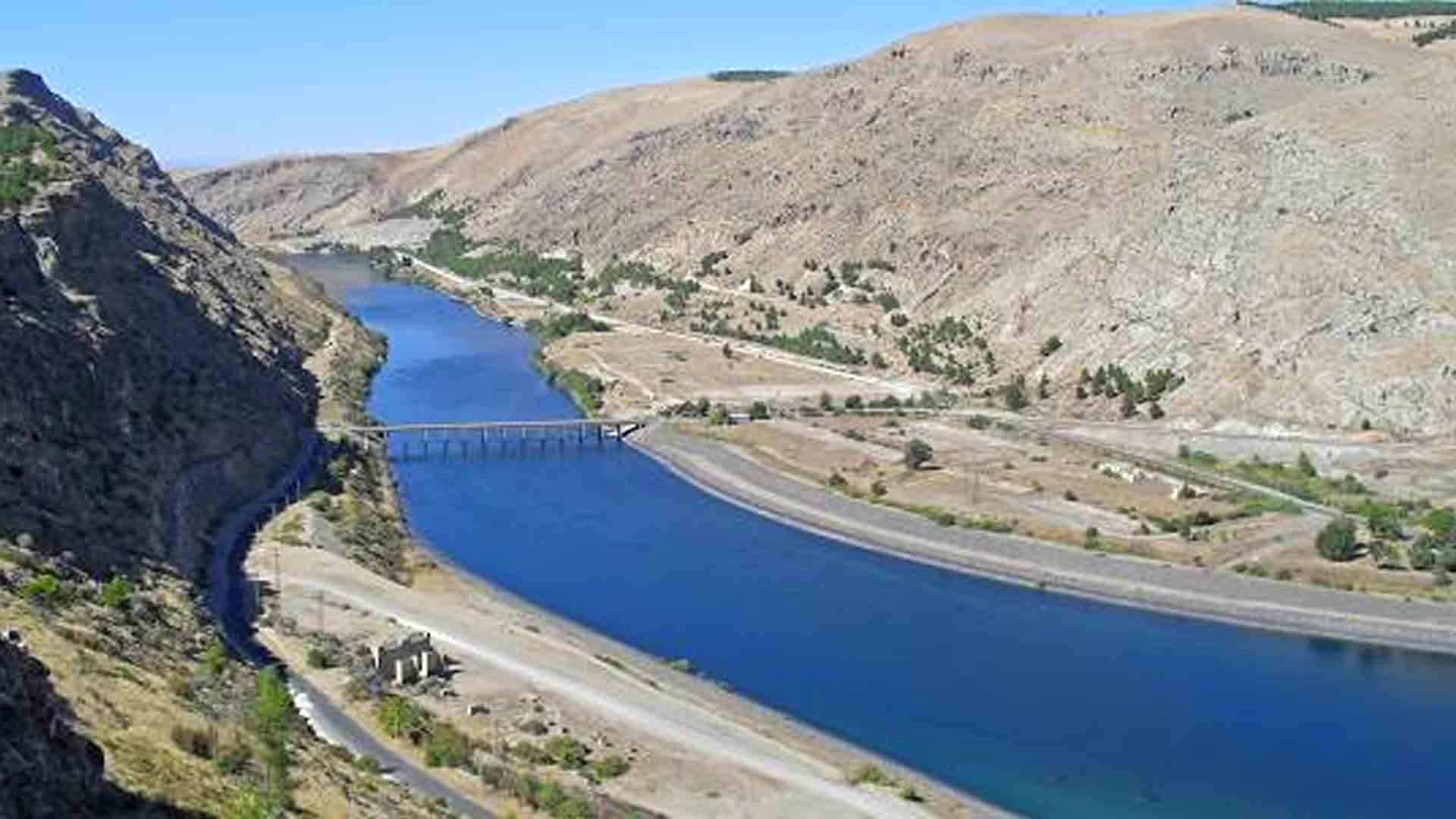

 Exploring the Historical Legacy and Contemporary Complexities of the Euphrates River in Southwest Asia
Exploring the Historical Legacy and Contemporary Complexities of the Euphrates River in Southwest Asia
The Euphrates River, coursing through the heart of Southwest Asia, stands as a symbol of both ancient civilizations and contemporary geopolitical tensions. Originating in Turkey, this storied waterway flows through Syria and Iraq, merging with the Tigris River before ultimately emptying into the Persian Gulf as the Shat al Arab. Its historical significance is profound, having sustained the flourishing civilizations of Mesopotamia, earning the region its name, which translates to “between two rivers.”
Stretching over 2,700 kilometers, the Euphrates River basin encompasses approximately 440,000 square kilometers. Though only 30% of its basin lies within Turkey, the majority of its water originates from the Turkish highlands. Near Elazig in eastern Turkey, the Korasuyu River, the Murat River, and other tributaries converge to form the upper reaches of the Euphrates. As it meanders southward, it is joined by significant tributaries such as the Khabur River in eastern Syria, enriching its flow and influence.
In its journey through Iraq, the Euphrates parallels the Tigris River, with both rivers shaping the landscape and history of the region. These waterways delineated the borders of ancient civilizations like Babylon, located in southeastern Iraq between the Euphrates and Tigris. The river’s intricate network divides into branches before reuniting near Qurnah, where it merges with the Tigris to form the Shat al-Arab River.
Despite its historical significance and cultural prominence, the Euphrates faces modern challenges. Its shallow depths limit navigation to small boats, emphasizing its crucial role as a water source rather than a transportation route. However, this vital resource has become a source of political tension among Turkey, Syria, and Iraq, as each country relies on its waters for irrigation and hydropower.
Turkey’s Southeast Anatolia Project exemplifies this tension, aiming to harness the Euphrates’ potential through a series of dams and power plants. The Atatürk Dam, a centerpiece of this initiative, has been operational since 1990, altering the river’s flow and impacting downstream nations. Syria’s Al Sawra Dam and Iraq’s Adisa Dam further complicate the situation, exacerbating concerns over water scarcity and equitable distribution.
In addition to geopolitical disputes, environmental degradation poses significant challenges. Chemical waste from upstream nations, compounded by variations in water flow, exacerbates drought conditions in downstream regions like Iraq. Despite attempts at flood control and water management, the delicate balance of the Euphrates ecosystem remains under threat.
As the Euphrates River continues to weave through the tapestry of Southwest Asia, its past glories and present struggles intersect. From the ancient civilizations that thrived along its banks to the modern nations vying for control of its waters, the Euphrates remains a symbol of both unity and division, a testament to the enduring complexities of human civilization and the natural world.
Frequently asked questions about The Euphrates River located in Southwest Asia
1. Where is the Euphrates River located?
• The Euphrates River is located in Southwest Asia, primarily flowing through Turkey, Syria, and Iraq.
2. What is the length of the Euphrates River?
• The Euphrates River stretches approximately 2,800 kilometers (1,740 miles) from its source in eastern Turkey to its mouth at the Persian Gulf.
3. What is the significance of the Euphrates River in history?
• The Euphrates River has immense historical significance, often referred to as one of the cradles of civilization. It was a vital water source for ancient civilizations such as the Sumerians, Babylonians, and Assyrians. Its fertile floodplains supported agriculture and allowed for the development of early urban societies.
4. What are the main tributaries of the Euphrates River?
• The main tributaries of the Euphrates include the Murat, Karasu, Khabur, and Balikh rivers.
5. How does the Euphrates River impact the surrounding ecosystems?
• The Euphrates River and its floodplains support diverse ecosystems, including wetlands and marshlands that provide habitats for numerous plant and animal species. However, human activities such as dam construction, irrigation projects, and pollution have affected these ecosystems negatively.
6. What are the major dams on the Euphrates River?
• Some of the major dams on the Euphrates River include the Atatürk Dam in Turkey, the Tabqa Dam in Syria, and the Haditha Dam in Iraq.
7. What is the current status of the Euphrates River in terms of water availability and sustainability?
• The Euphrates River faces challenges related to water scarcity, pollution, and competition for water resources among the countries sharing its basin. Climate change and upstream dam constructions have also raised concerns about its future sustainability.
8. How does the Euphrates River impact the economy of the region?
• The Euphrates River plays a crucial role in the economies of Turkey, Syria, and Iraq, supporting agriculture, hydroelectric power generation, transportation, and tourism activities along its course.
9. Is the Euphrates River mentioned in religious texts?
• Yes, the Euphrates River is mentioned in several religious texts, including the Bible and the Quran, where it holds significance in various narratives and symbolisms.
10. What are some of the environmental challenges facing the Euphrates River?
• Pollution from agricultural runoff, industrial waste, and urbanization threatens the water quality of the Euphrates.
Additionally, reduced water flow due to dam construction and climate change poses challenges to the river’s ecosystems and the communities relying on its waters.
These questions cover various aspects of the Euphrates River, ranging from its geographical features to its historical, cultural, and environmental significance.